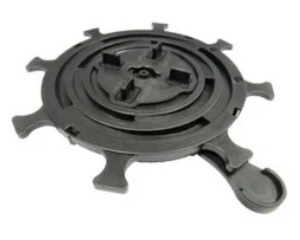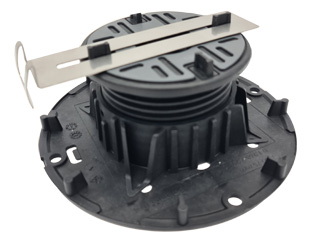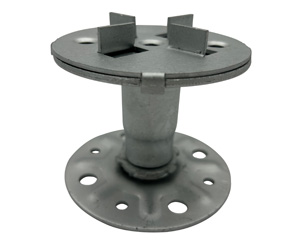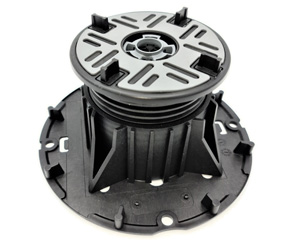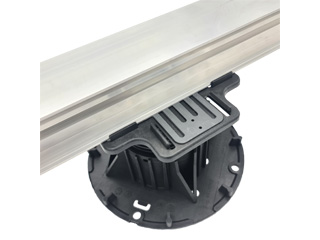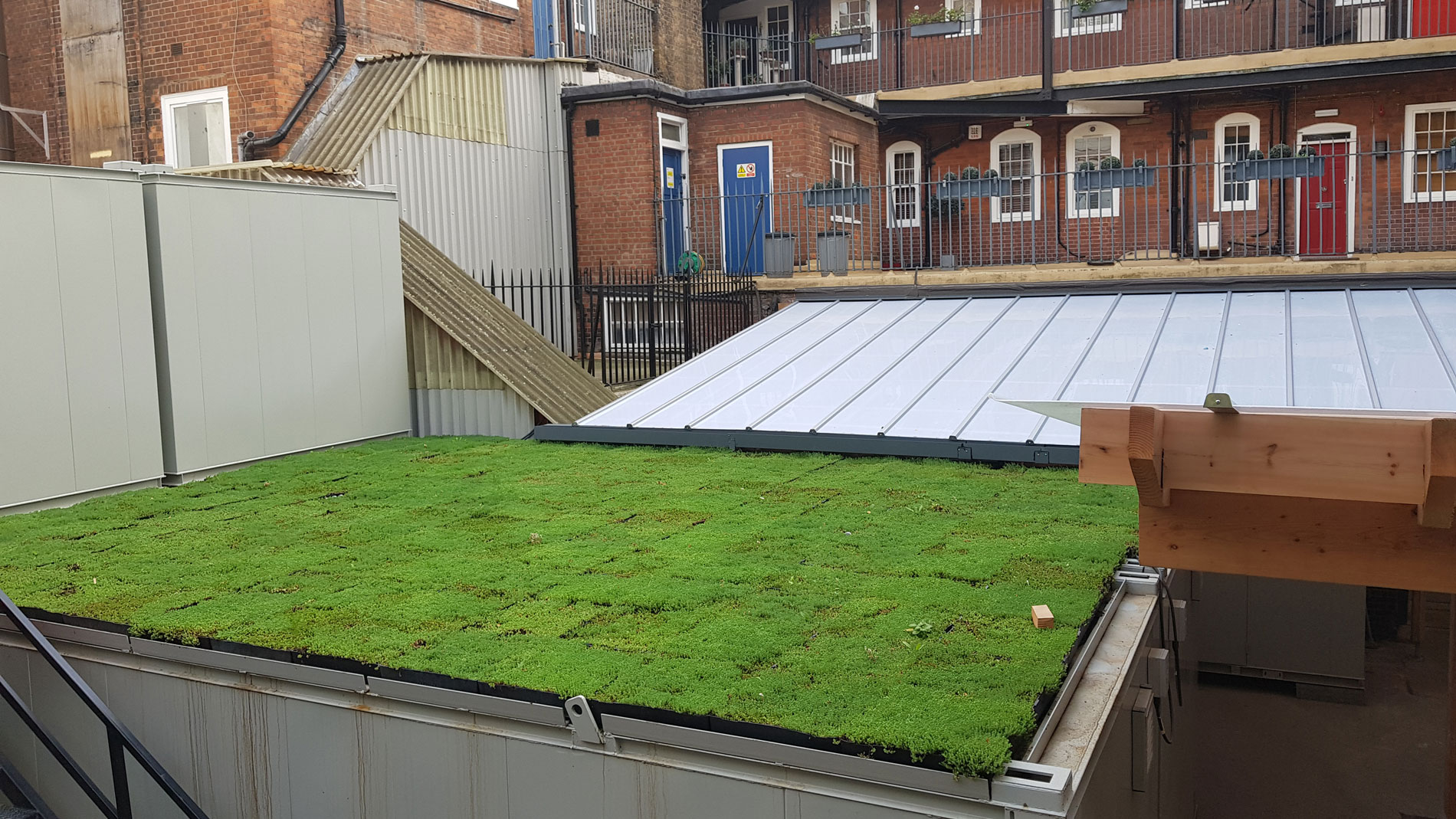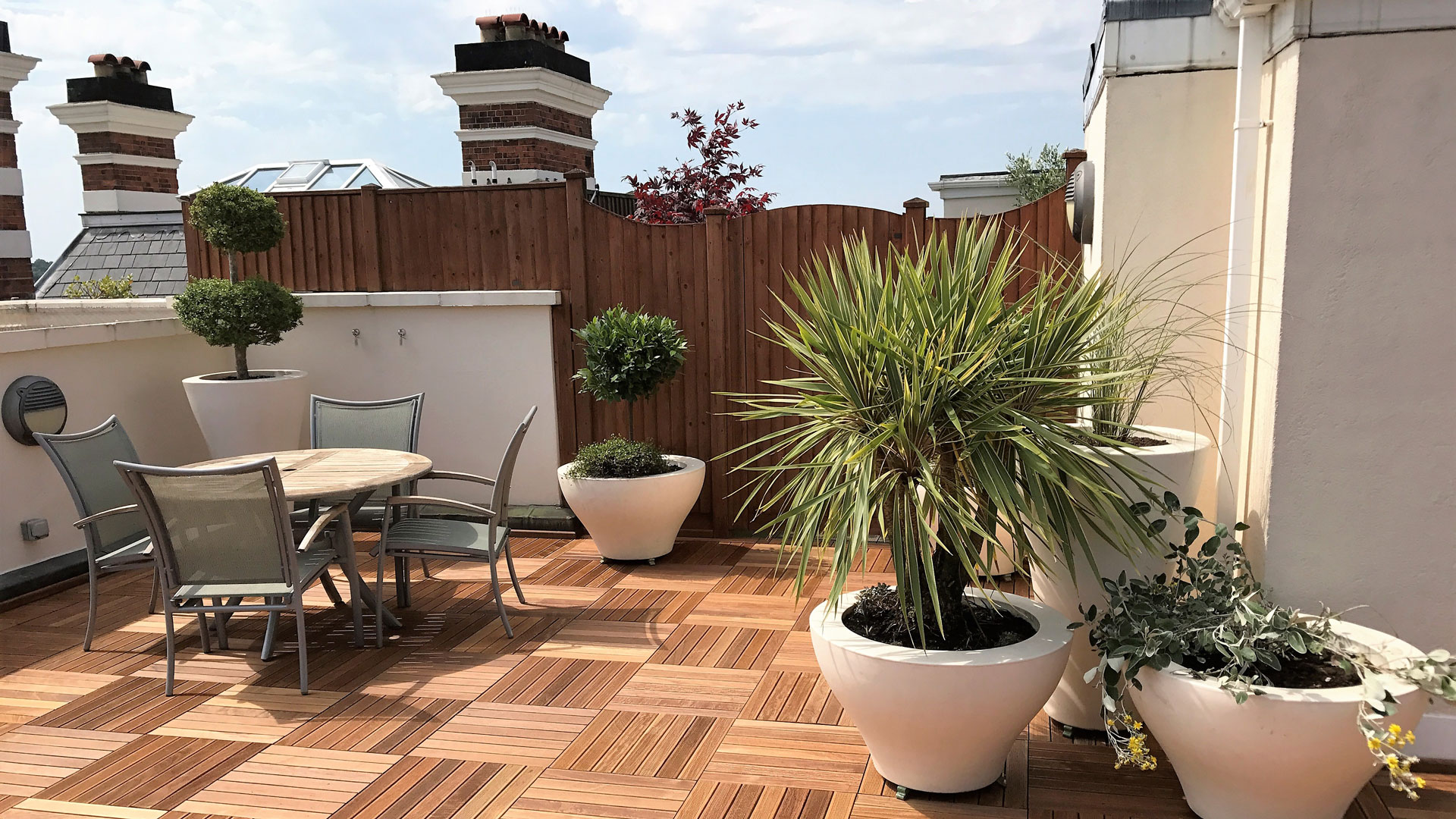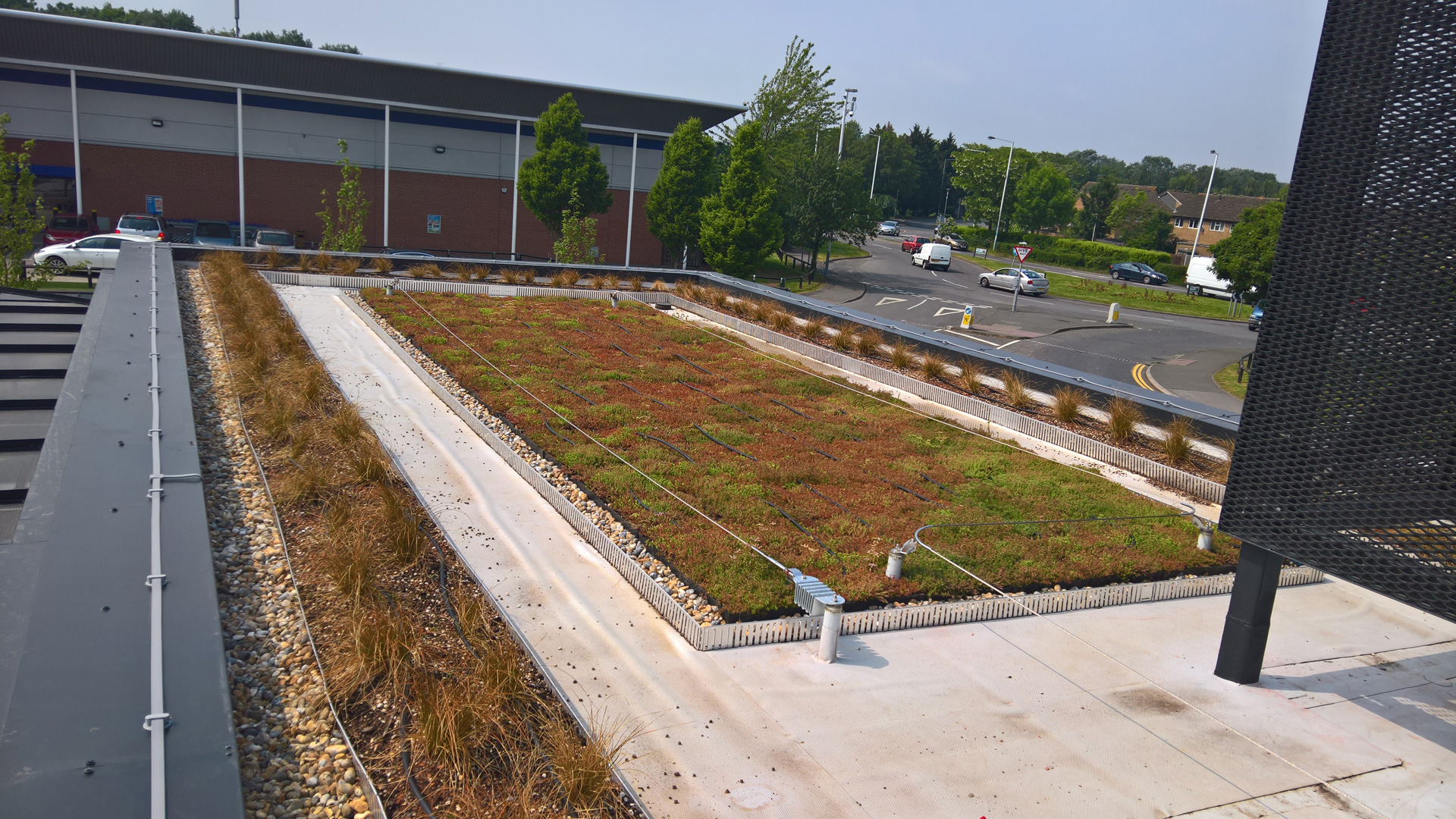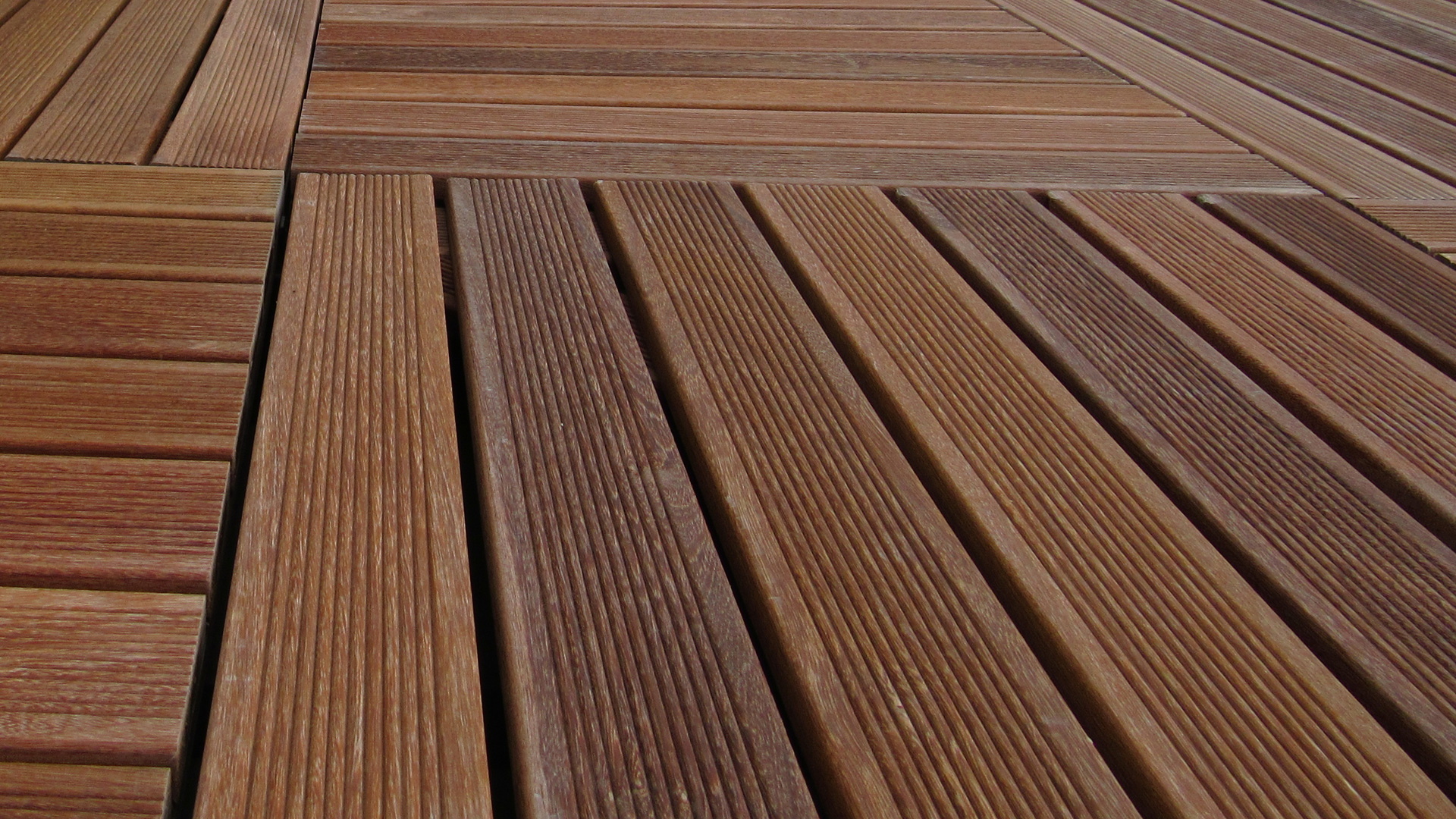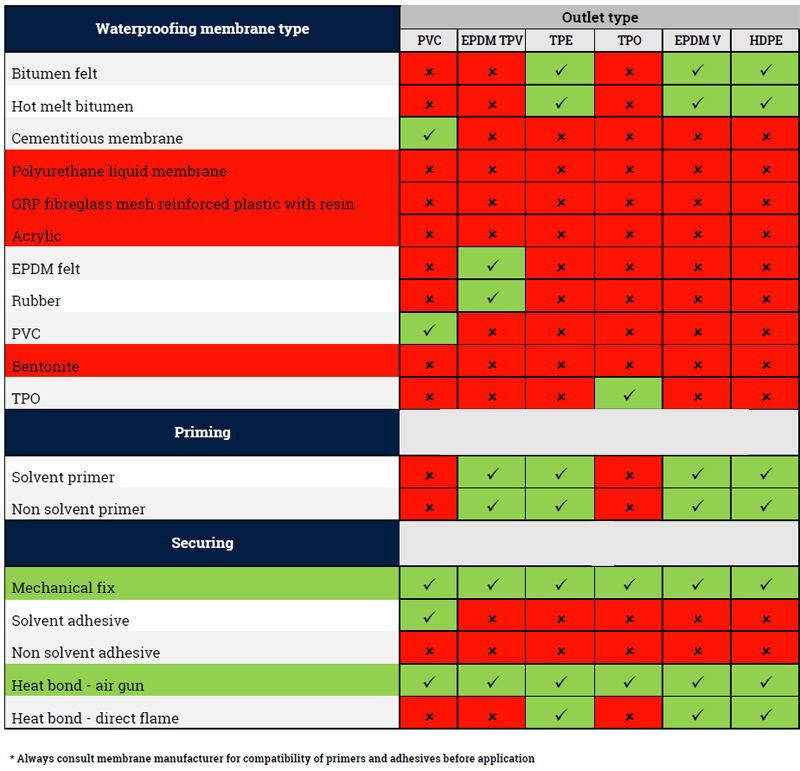The temperature difference is caused by a range of factors, including dense building materials absorbing more of the sun’s energy, fewer trees to provide shade, and less soil to cool by evaporation.
Buildings can also act like the hairs on a husky, reducing wind speeds and blocking thermal radiation up to the night sky. On top of that, waste heat from car engines, air-conditioners and other energy use adds to overall air temperatures.
Why does this matter? Even a small increase in air temperature pushes up overall energy demand, and about 25% of our energy bills are for only 40 hours per year when the grid is most heavily used.
The most extreme heat events can buckle train lines, cause rolling blackouts and cost billions in lost productivity. And it’s not just bad for our wallets.
Heat stress can damage organs or exacerbate existing illnesses. Since 1900, extreme heat events have killed more Australians than bushfires, cyclones, earthquakes, floods and severe storms combined.
So, what can we do?
There are a number of things individuals can do to reduce the impact of heat in their homes, such as installing light-coloured roofing material, insulation or an air-conditioner.
But it gets more complicated when considering the city as a whole, and how these small actions interact with each other and with the climate.
Air-conditioners
In heatwaves, air-conditioners save lives, allowing stressed bodies time to cool. But our homes can only be made cooler by blowing heat outside, along with the extra energy to run the system.
As well as increasing outside air temperatures in the short term, the fossil fuels burned add to global warming. A world cooled by air-conditioning probably isn’t the answer.
Trees and parks
Trees provide shade, but also cool the air, because evaporating water from leaves takes energy, reducing peak temperatures by 1-5°C.
Most city planners agree on the broad benefits of urban vegetation, with some metropolitan councils developing urban greening strategies.
However, urban trees can be a vexed issue for some councils; they use water, can be costly to maintain, damage utilities and property, and worsen air quality instead of improving it. Larger cities are often made up of dozens of councils; getting them to agree is a major challenge.
[Read more: In many cities, it is becoming too hot to work]
White roofs
We know that black surfaces get hotter in the sun, but the demand for dark roof tiles still far outweighs the demand for light colours. More reflective roofs can reduce a household’s energy bill, as well as the overall temperature of a city.
White roofs are most effective in warmer climates because, in cold climates, the cost savings in summer must be balanced with additional heating costs in winter.
Green roofs and walls
Green roofs and walls are building structures with integrated vegetation. They provide cooling benefits by shading buildings and through evaporation from leaves. They generally show less cooling benefit than white roofs, cost more to install and maintain, and use additional water and energy.
But they do look nice, improve biodiversity and make people happier.
For more information, please visit – https://citymonitor.ai/community/public-health/whats-most-effective-way-keeping-hot-city-cool-2761
